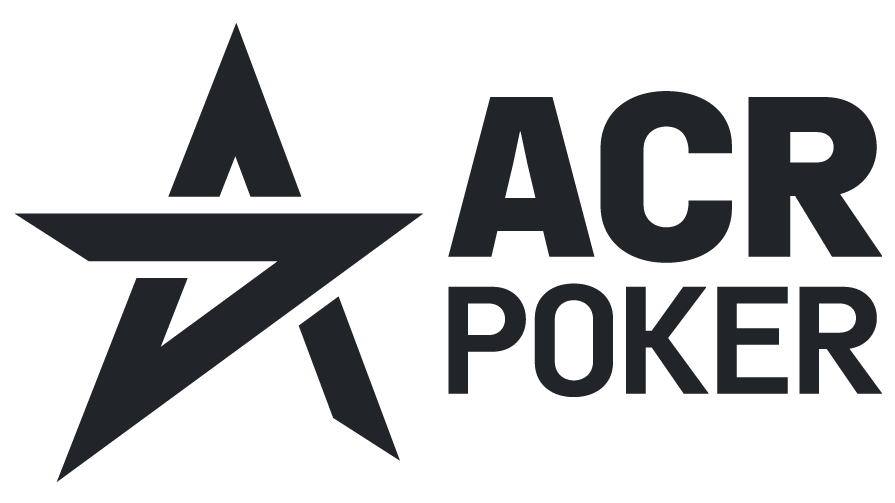
What Does Drawy Mean in Poker?
In poker, “drawy” refers to a board (community cards) that presents multiple opportunities for players to complete a drawing hand, such as a straight or flush draw. A drawy board typically contains cards that are connected or suited, increasing the potential for drawing hands.
When You Might Hear Or Use The Term Drawy:
You’ll often hear “drawy” used in the context of analyzing flops or turns during gameplay, especially when discussing potential hand strengths or betting strategies. For instance, a flop of 8 9 J would be considered drawy as it offers both straight and flush draw possibilities.
In-Game Example:
Imagine you’re in a hand where the flop comes 6 7 10. This is a drawy board as there are straight and flush draws available, making it crucial to consider how these possibilities impact your betting decisions and your opponent’s potential holdings.
Strategy / Tips:
- Best Practice: On drawy boards, be cautious and consider the likelihood of opponents having strong drawing hands. Adjust your betting strategy to either protect your hand or extract value from draws.
- Common Mistake: Overvaluing top pair on drawy boards, leading to potential losses against completed draws.
- Pro Tips: Consider the number of opponents in the hand and their tendencies when deciding whether to bet or check on drawy boards. Use position and bet sizing to control the pot and pressure drawing hands.
- Differences playing over the table vs online: In live poker, you might gather physical tells on drawy boards, while online play requires more focus on betting patterns and timing tells.
Alternative Names:
Sometimes drawy boards are referred to as “wet boards” due to their potential for creating strong drawing hands.
FAQs:
Q: How should I adjust my play on drawy boards?
A: Consider the strength of your current hand, the number of opponents, and their betting tendencies. Use these factors to decide whether to bet aggressively to protect your hand or play cautiously.

